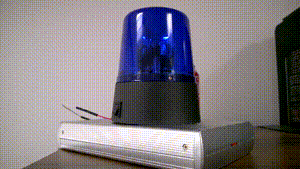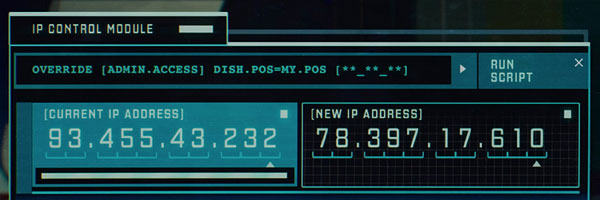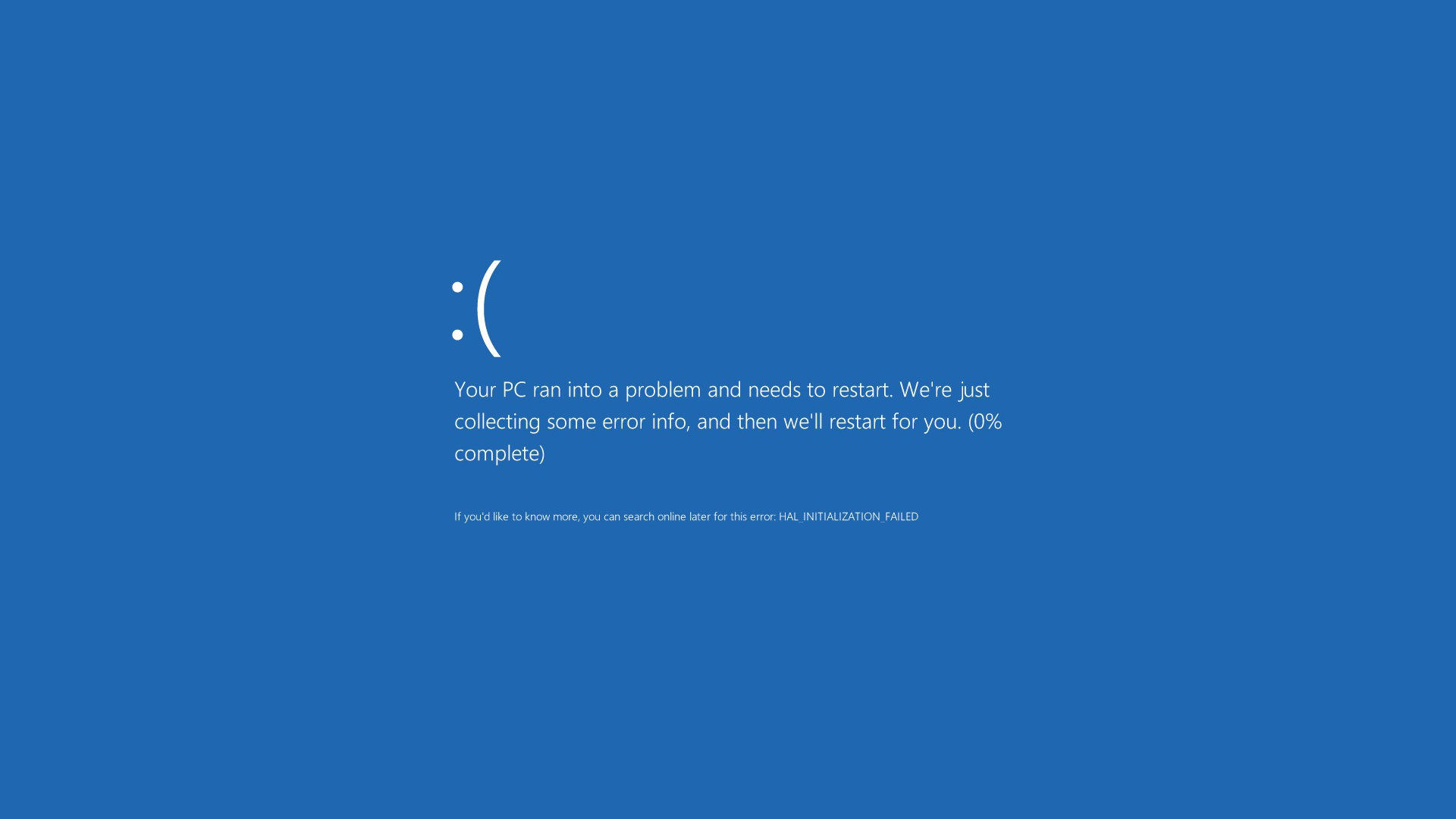Author Archives: Ben Cartwright-Cox
Author Archives: Ben Cartwright-Cox
Today a severe vulnerability was announced by the WordPress Security Team that allows unauthenticated users to change content on a site using unpatched (below version 4.7.2) WordPress.
 CC BY-SA 2.0 image by Nicola Sap De Mitri
CC BY-SA 2.0 image by Nicola Sap De Mitri
The problem was found by the team at Sucuri and reported to WordPress. The WordPress team worked with WAF vendors, including Cloudflare, to roll out protection before the patch became available.
Earlier this week we rolled out two rules to protect against exploitation of this issue (both types mentioned in the Sucuri blog post). We have been monitoring the situation and have not observed any attempts to exploit this vulnerability before it was announced publicly.
Customers on a paid plan will find two rules in WAF, WP0025A and WP0025B, that protect unpatched WordPress sites from this vulnerability. If the Cloudflare WordPress ruleset is enabled then these rules are automatically turned on and blocking.

As we have in the past with other serious and critical vulnerabilities like Shellshock and previous issues with JetPack, we have enabled these two rules for our free customers as well.
Free customers who want full protection for their WordPress sites can upgrade to a Continue reading
 CC BY 2.0 image by Joe Seggiola
CC BY 2.0 image by Joe Seggiola
We have rolled out automatic protection for all customers for the the newly announced vulnerability called httpoxy.
This vulnerability affects applications that use “classic” CGI execution models, and could lead to API token disclosure of the services that your application may talk to.
By default httpoxy requests are modified to be harmless and then request is allowed through, however customers who want to outright block those requests can also use the Web Application Firewall rule 100050 in CloudFlare Specials to block requests that could lead to the httpoxy vulnerability.
CloudFlare operates a huge global network of servers that proxy our customers' web sites, operate as caches, inspect requests to ensure they are not malicious, deflect DDoS attacks and handle one of the largest authoritative DNS systems in the world. And where there's software there's configuration information.

CloudFlare is highly customisable. Each customer has a unique configuration consisting of DNS records, all manner of settings (such as minification, image recompression, IP-based blocking, which individual WAF rules to execute) and per-URL rules. And the configuration changes constantly.
We offer almost instant configuration changes. If a user adds a DNS record it should be globally resolvable in seconds. If a user enables a CloudFlare WAF rule it should happen very, very fast to protect a site. This presents a challenge because those configuration changes need to be pushed across the globe very quickly.
We've written in the past about the underlying technology we use: Kyoto Tycoon and how we secured it from eavesdroppers. We also monitor its performance.
DNS records are currently changing at a rate of around 40 per second, 24 hours a day. All those changes need to be propagated in seconds.

So we take propagation times Continue reading

A few hours ago, more details surfaced about the MS15-034 vulnerability. Simple PoC code has been widely published that will hang a Windows web server if sent a request with an HTTP Range header containing large byte offsets.
We have rolled out a WAF rule that blocks these requests.
Customers on a paid plan and who have the WAF enabled are automatically protected against this problem. It is highly recommended that you upgrade your IIS and your Windows servers as soon as possible; in the meantime any requests coming into CloudFlare that try and exploit this DoS/RCE will be blocked.